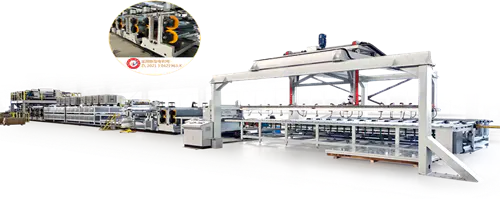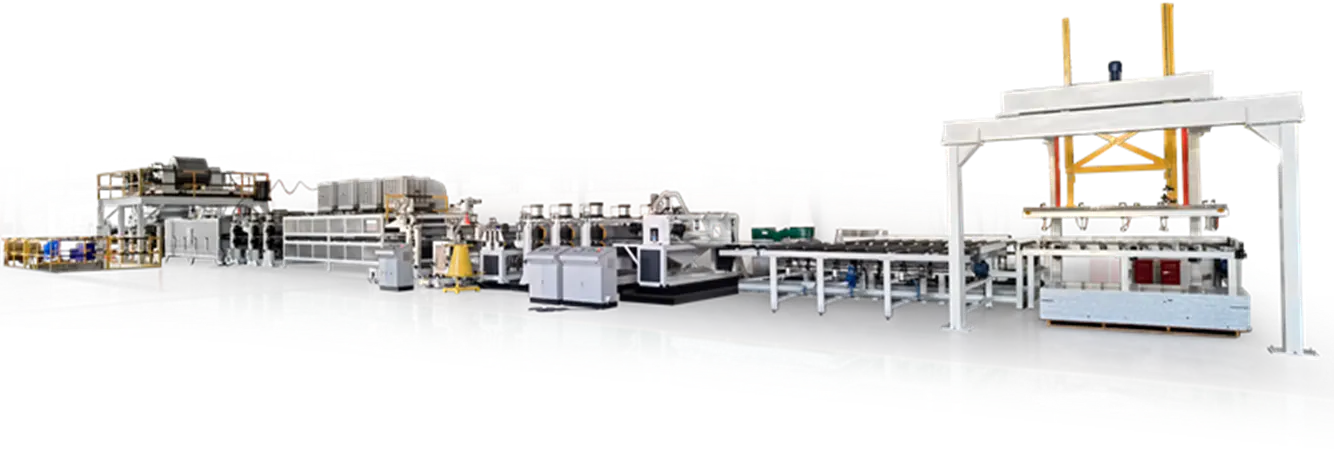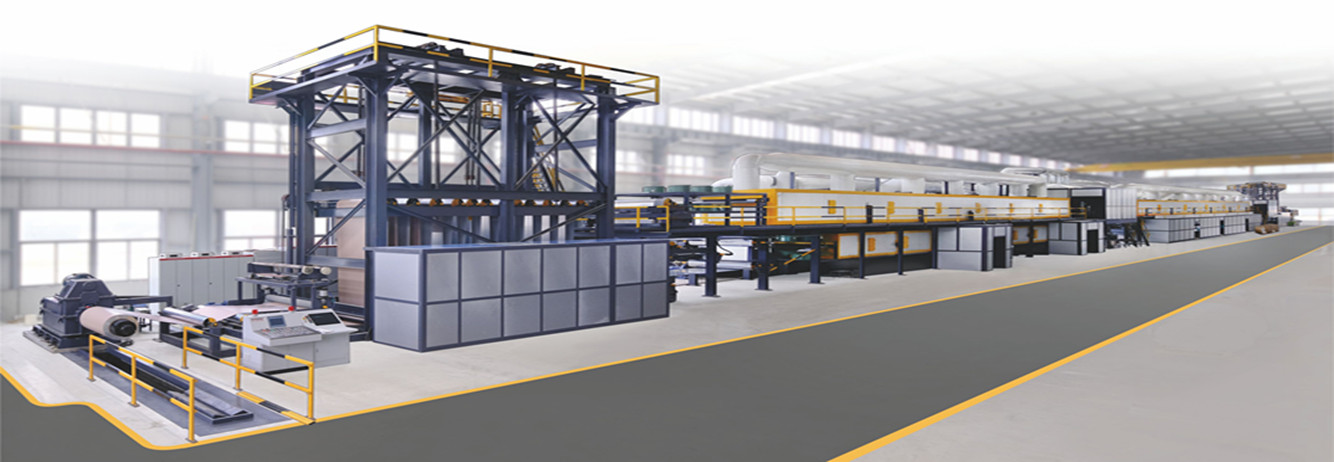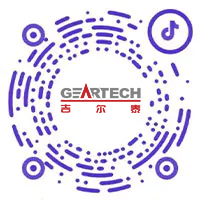Across today’s architectural and industrial landscape, Coated Aluminum Coil has become an essential material for diverse applications, especially in ACP Line (Aluminum Composite Panel) production. As urban spaces evolve toward energy efficiency, visual harmony, and structural integrity, coated aluminum continues to prove its value through durability, formability, and design adaptability. Understanding why manufacturers increasingly choose this material for modern construction helps builders, engineers, and project managers make better-informed decisions about their material selection and long-term performance.

The Shift Toward Lightweight and Sustainable Building Materials
Construction practices have changed significantly in recent years, with growing demand for materials that combine strength with reduced weight. Aluminum meets this requirement naturally due to its low density and high tensile strength. When coated, it gains an additional layer of protection that enhances weather resistance and aesthetic longevity.
Manufacturers utilizing coated aluminum coils on ACP Lines achieve lighter yet stronger cladding systems. The material contributes to overall building efficiency by reducing structural loads and simplifying installation. Furthermore, aluminum is recyclable without losing its properties, making it an environmentally conscious option for projects seeking sustainable certifications or lower carbon footprints
How Coating Enhances Performance in Harsh Environments
Uncoated aluminum, though resistant to rust, can still oxidize or discolor when exposed to pollutants or moisture over time. Surface coating provides an extra barrier against environmental wear. The coating acts as a shield against ultraviolet rays, acid rain, and chemical contaminants often found in industrial or coastal settings.
The type of coating used on aluminum coils determines their long-term performance. Polyester coatings are widely used for interior and semi-exterior environments, while PVDF coatings are applied in areas with intense sunlight or chemical exposure. On an ACP Line, these coatings are applied with precision under controlled temperature and tension to ensure uniform thickness and consistent adhesion, resulting in panels that retain their finish even after years of use.
By combining proper surface treatment and high-quality paint systems, coated aluminum coils maintain their color, gloss, and surface integrity under various climatic conditions. This makes them suitable not only for building façades but also for ceilings, curtain walls, and signage.
Design Flexibility and Visual Consistency
One of the key reasons manufacturers prefer coated aluminum is its design versatility. Coating technology allows for a wide range of colors, finishes, and textures—from metallic effects to stone or wood-like appearances. These options enable architects to integrate functional materials without compromising aesthetic goals.
When processed through an ACP Line, coated aluminum sheets form panels that can be cut, bent, and shaped with ease. The flexibility of the material supports both traditional rectangular panel systems and complex geometric designs often seen in modern architecture. Because the color and coating remain uniform across batches, designers can ensure visual continuity throughout large-scale projects, even when panels are produced at different times.
Production Efficiency and Quality Control on ACP Lines
Manufacturing consistency is a major factor behind the widespread adoption of coated aluminum coils. Coated coils, when properly pretreated and coated, ensure smooth feeding and lamination during panel assembly.
A stable coating layer prevents adhesive issues during lamination, where the aluminum sheets are bonded to polymer cores under heat and pressure. This helps maintain strong adhesion and prevents defects like delamination or bubbling. Additionally, pre-coated aluminum reduces the need for post-treatment steps, allowing manufacturers to streamline production while maintaining quality standards.
Process monitoring technologies—such as automatic film thickness measurement and color inspection—further guarantee uniform coating results. As a result, manufacturers can deliver panels with predictable mechanical and visual performance, reducing material waste and improving production efficiency.
Even after years of exposure, re-coating or polishing can restore surface brightness without compromising structural integrity. This durability reduces the frequency of material replacement, an important consideration in large commercial or public projects where maintenance access is limited.
For interior spaces, the coating also serves as a protective layer against fingerprints, moisture, and light abrasion, keeping the surface clean and consistent in appearance.

 中文简体
中文简体 English
English Português
Português русский
русский Español
Español عربى
عربى








